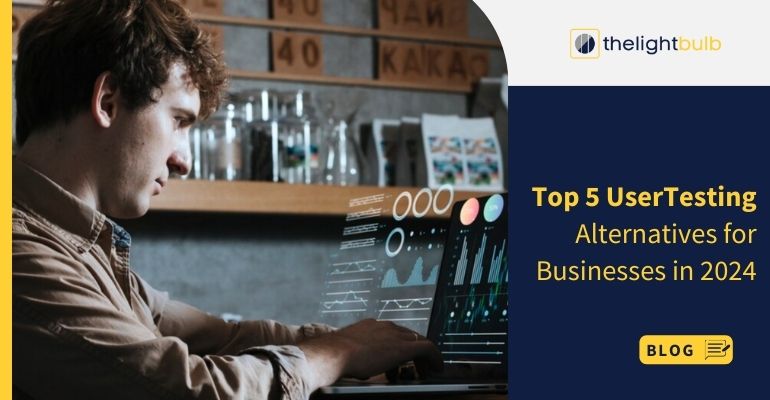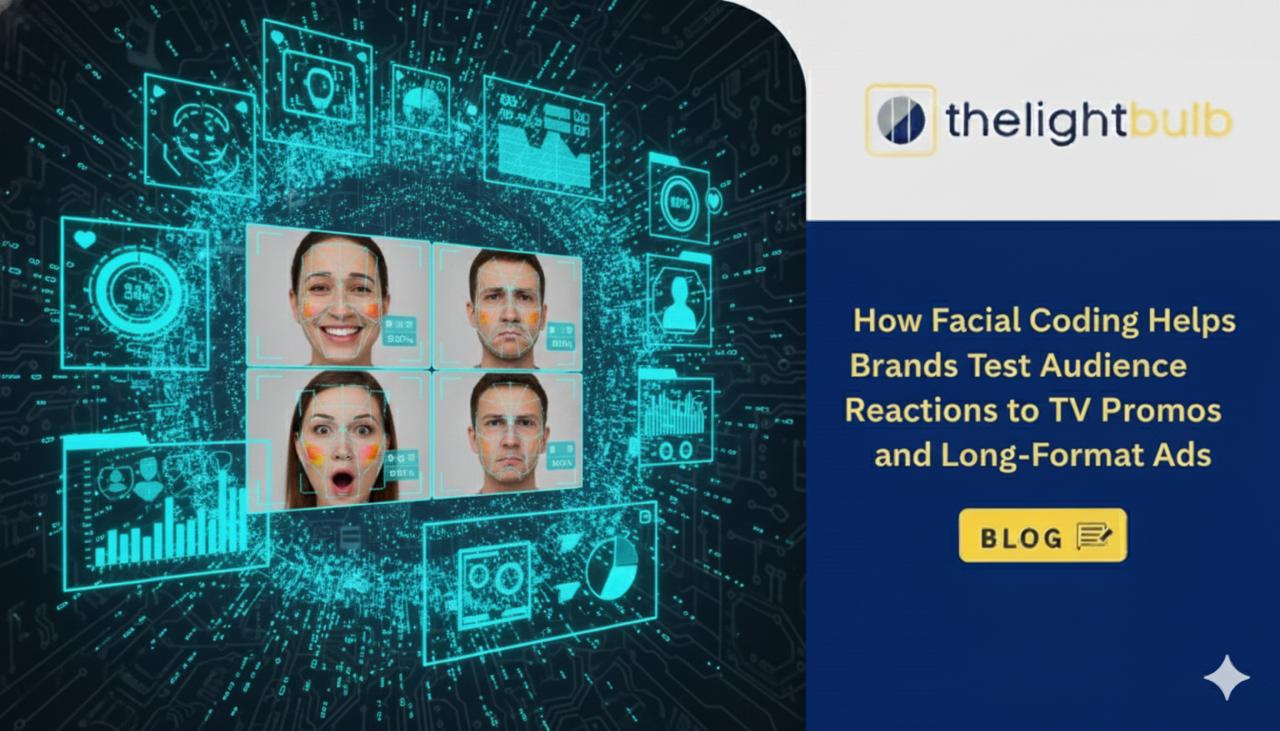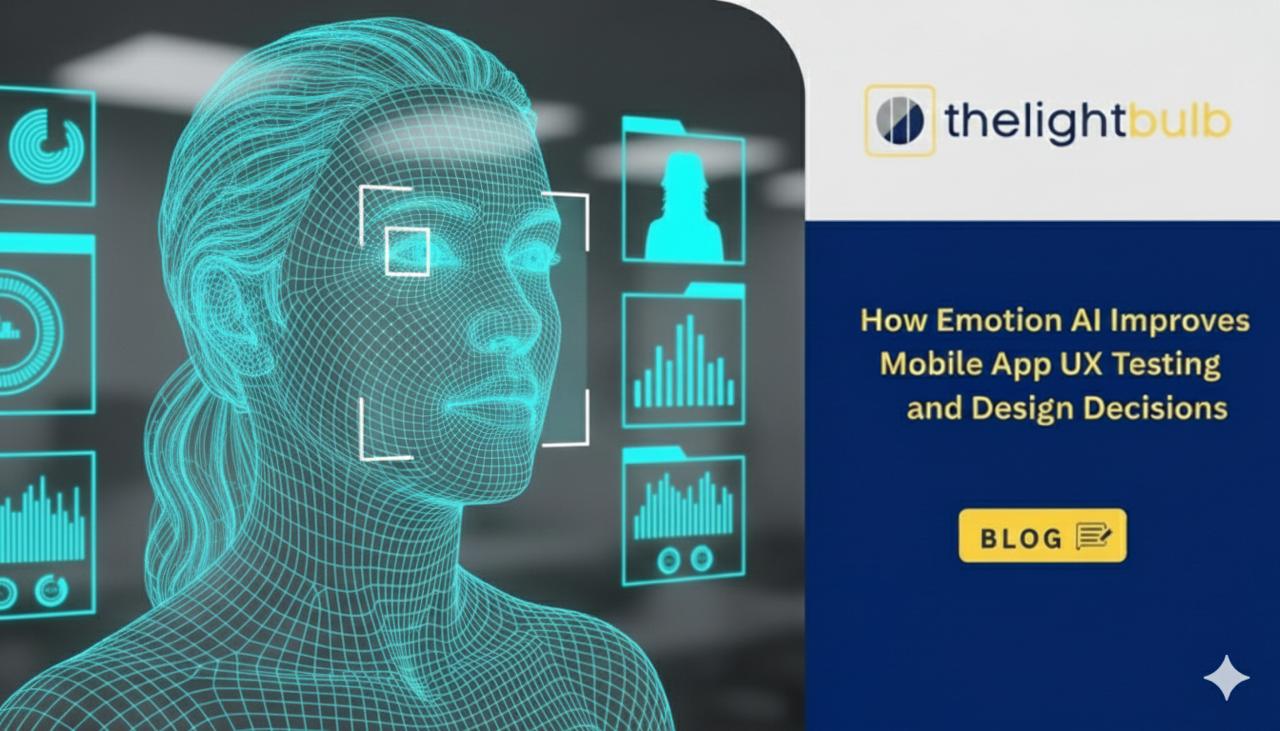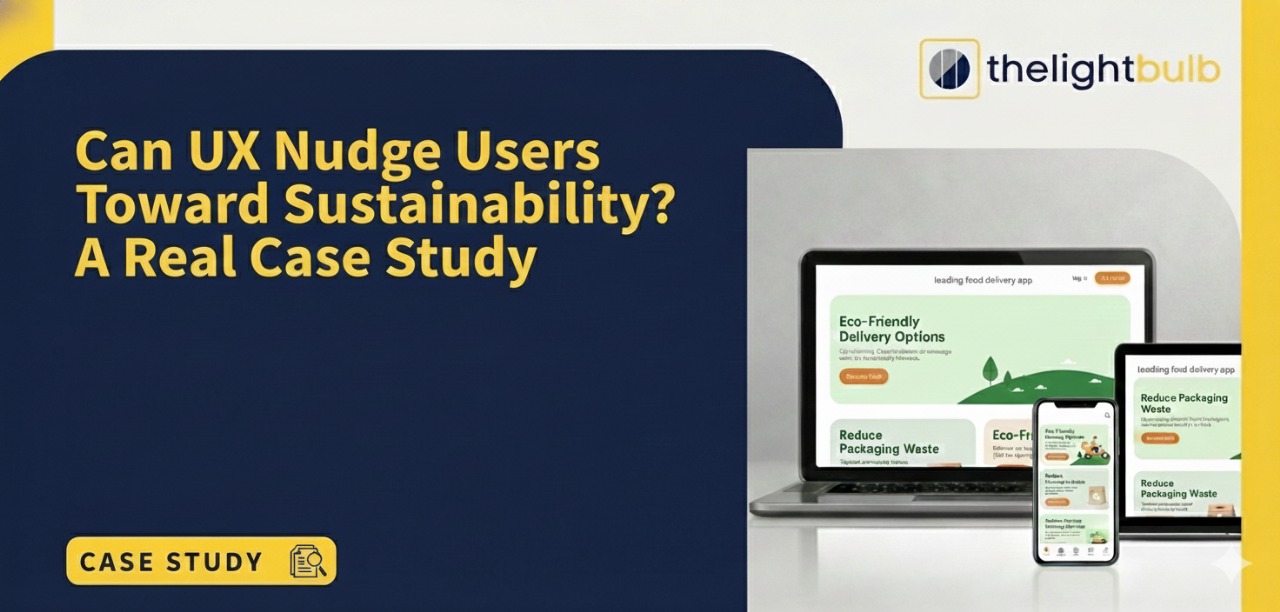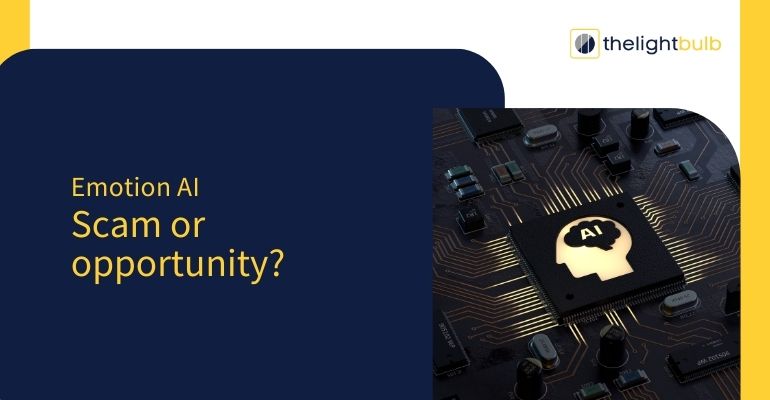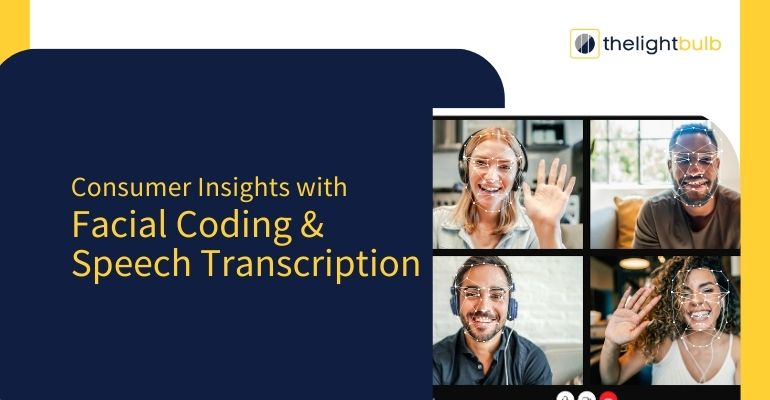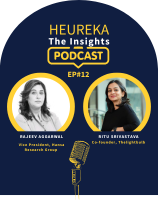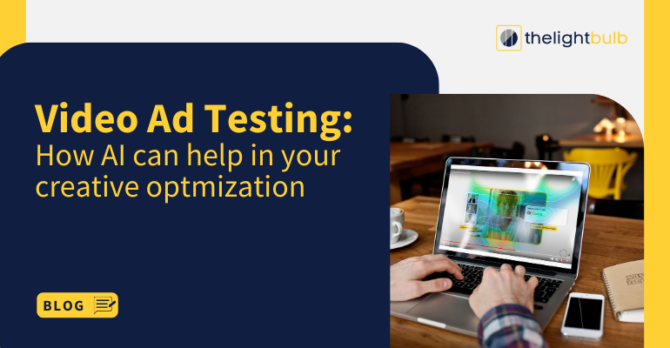
AI-Powered Video Ad Testing: Unleashing the Potential of Creative Optimization
According to a Statista report, marketers and advertisers spent a whopping $781 billion on paid ads in 2022 alone, and the number is expected to rise to $885 billion by the end of 2024. Facebook ads, Google ads, Youtube ads, and Tiktok ads are some of the primary ad outlets being targeted by brands.
Recently, there has been a shift in the attention span of consumers across the globe thanks to the unparalleled popularity of short video content. Social media platforms are flooded with short 1-minute videos that keep users hooked for hours, and like every other industry that depends heavily on consumer mannerisms, advertising is making the shift. Brands now realise that video ad creatives have more potential than static ads and can drive more attention.
The problem, however, is the cumbersomeness of video ad testing. Creating a video ad takes more time and effort than a static creative. While one can replace a bad static creative in minutes, replacing a video ad might take hours or even days. Moreover, there’s no way to tell what went wrong with the video ad and whether the entire video needs a revamp. That’s where AI steps in and saves the day. AI-based video ad testing is a superior alternative to manual creative testing, and this blog explains why and how.
The Realm of Video Ad Creative Testing


There are two types of video ads primarily. Brands rely on UGC ads for platforms like Titok and Facebook and high-end video ads run on TV and Youtube. UGC ads are usually low-budget and have the headroom for changes, while high-end ads are expensive and cannot be replaced easily.
With video ad testing, brands try to identify areas with low-interest potential and high-interest potential. The goal of video ad testing is to minimise low-interest areas and maximise high-interest areas for maximum output. Now, marketers and advertisers have no way to dive into the emotional heatmap of the viewer when they interact with their ads. Any changes made to the ad are either speculative or intuitive. With AI-based video ad testing, this dynamic experienced a huge shift.
AI-based video ad testing offers measurable and quantifiable insights that facilitate data-backed decision-making. It highlights areas that lack lustre and the ones with the maximum positive impact on the viewer. It uses a combination of eye-tracking, facial coding, tone and speech transcription to develop an emotional profile of the user and converts it into quantifiable data using data-processing tools. This system of emotional profiling using AI is called emotion AI and is one of the most intriguing AI subsets.
Why AI-Powered Video Ad Testing?
The inherent advantages of using AI-powered video ad testing over conventional ad testing techniques are undeniable. Here are 5 pivotal reasons why you should invest in AI-powered video ad testing for your brand:
- Enhanced Speed and Scale
A regular video ad testing cycle involves tracking the ad performance in the test run for three to five days, changing parts of the ad based on speculation of intuition alone, and then re-running the ads to see if it worked. And while this is not entirely a smart plan, this is the only possible course of action.
However, with AI-powered video ad testing, marketers and advertisers can record remote interactions between their ads and the audience and run them through an ad-testing system with emotional intelligence to obtain an emotional heatmap. This heatmap offers a backdoor into the customer’s head, allowing marketers to see how their target audience reacts to certain sections of the ad and what can be changed to maximise the positive response of the user.
And since AI-based video ad testing relies on the computing power of modern-age processors, they can test hundreds of thousands of creatives at once with the same accuracy. In simpler words, with AI-backed video ad testing platforms, you can test more creatives quicker and reduce the turnaround time.
2. Unparalleled Accuracy and Efficacy
The AI models governing video ad testing have gone through millions of creatives in their learning phrases and have gone through all possible visual combinations. Moreover, these AI models implement deep learning, an AI subset that allows programmers to materialise learning into these AI models. In simpler terms, these AI models can learn throughout their operational cycle and keep adding new points into their database to derive insights from.
Meaning that as you test more creatives with the model, the model gets better and offers richer insights that can be relied upon by decision-makers to make pivotal shifts in the creative. The accuracy of these data models is near 100% and keeps improving with every creative you pass through them.
Since the returns on ad spend is a quantifiable metric, you can always measure the effect these AI models have on your advertising campaign. You can measure your ROAS (return on ad spend) before and after implementing AI-based creative testing tools to measure the ROI.
3. Superior Budget Efficiency
These AI models are fast and can work at scale, which essentially means you can now screen creatives that would otherwise be ignored. These models are best for high-volume creative testing and versioning, optimising secondary campaign assets, and making last-minute decisions.
The emotional and attention heatmap allows marketers and decision-makers to optimise every single creative to its full potential and drive maximum revenue for every dollar spent. These AI models also offer superior creative libraries and AI tools for copywriting, editing, and designing video creatives to accelerate the overall process and reduce the time costs.
4. Quantifiable Results and Feedback
As previously mentioned, the results of video ad testing using AI-based tools are quantifiable and you can easily measure their performance by tracking key performance metrics like ROAS, CPC, and CTR.
We recently published a case study on our website where we analysed the video trailers of four popular Netflix documentaries to test our premier AI-based video ad testing tool Insights Pro. We used gaze plots and attention heatmaps to quantify emotions like attention, confusion, surprise, fear, contempt, and joy to understand why people love these shows and what elements elicit these emotions. We also suggested some critical changes that can be made in the respective trailers to enhance them and attract even more people.
5. Dynamic Optimisation
Dynamic Creative Optimization (DCO) plays a pivotal role in the marketing landscape, addressing the saturation of daily ads that consumers encounter. DCO’s tailored approach ensures ad resonance and heightened engagement, vital in today’s environment. It significantly streamlines operations by automating the creation of ad variants for diverse demographics and locales, a practical resource and time-saving measure.
The partnership between AI-driven creative testing tools and DCO further elevates its significance. Real-time optimization through AI analysis of user behaviour empowers marketers with valuable insights, guiding them toward optimal ad element configurations. This agile responsiveness ensures effective campaign adjustments. Leveraging AI for multivariate testing allows efficient testing of varied ad element combinations, boosting engagement levels in the audience.
In essence, DCO presents a solution to ad saturation through tailored and efficient ad experiences. Moreover, these tools bolster DCO’s effectiveness through real-time insights, predictive capabilities, and automated personalization. This collaboration empowers marketers to build and grow meaningful connections, fine-tune campaigns, and attain marketing objectives amidst the dynamic marketing landscape.
About Insights Pro
Insights Pro is an AI-based video testing tool that combines emotional intelligence with new-gen AI tools like speech transcription, facial coding, text sentiment analysis, and eye tracking to generate an emotional heatmap of an interaction between a viewer and a creative while also offering AI-based databases and tools for creative optimisation to accelerate the creative testing process.
This tool has taken AI-backed creative testing one step ahead of the competition by integrating emotional intelligence into the AI equation, facilitating quicker decisions backed by real data and insights.
You can request a free demo of the product here.
How creative testing works with emotion ai
-
Upload Creative: Securely upload audio, video or static creatives – concepts, narramatics, animatics, ads, trailers, episodes (of any length) onto our DIY emotion ai platform
-
Set-up Study: Choose technology modules – facial coding, eye-tracking, surveys – and set up your study in less than 30 seconds
-
Select Panel: Upload respondent email ids to send invites from platform or download a custom link to include in your panels/surveys
-
Publish Study: Take the study live in less than 1 minute from upload to publishing. Choose future publishing dates at your convenience
-
See Live Results: View respondent data in the platform in real-time, as respondents complete viewing the study. Get aggregate & participant data on the automated dashboards
-
Get Custom Reports: Download data to do your own reporting or opt for our value-added services & have our in-house consumer insights team develop detailed insight reports for you
Conclusion:
In a rapidly evolving digital landscape, the fusion of AI-powered video ad testing and new-age marketing strategies emerges as a game-changer for brands trying to flourish in the competitive ad arena. As consumer attention shifts towards captivating short video content, the demand for effective ad creatives is on the rise. AI-driven insights illuminate this landscape, providing unmatched advantages: agility in understanding user emotions, unwavering accuracy in analysis, budget efficiency through scalability, and quantifiable results reshaping decision-making.
By leveraging AI’s ability to decode emotional cues, marketers gain an unprecedented edge. This empowers them to tailor creatives that captivate attention, resonate deeply, and forge meaningful connections. The integration of AI-based testing introduces a dynamic harmony, refining campaigns in real-time and predicting outcomes with uncanny accuracy.
